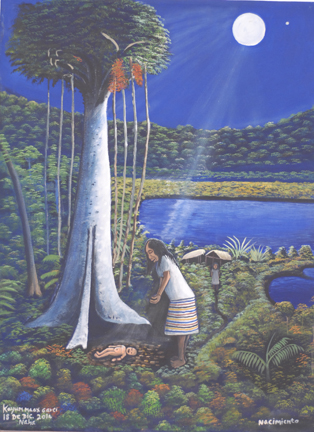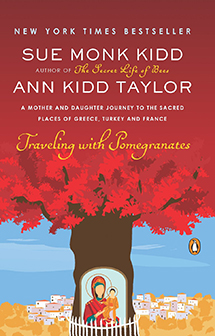There’s a good chance you haven’t heard of Hilma af Klint unless you’ve been to a show or seen articles on the flurry she’s now creating as major exhibitions of her artwork are gaining momentum, across the globe, consistently since 2013. Prior to that her only international show of any significance was The Spiritual in Art – Abstract Painting 1890 – 1985 at the Los Angeles County Museum where she was listed as a previously unknown painter against luminaries Kandinsky, Kupka, Malevich and Mondrian. In fact, she’d only exhibited four times in group exhibitions in her native Sweden during her life. The last time was 1914.
Why?
Hilma became fed up with the lack of understanding and response to her work by contemporaries. A significant point was Rudolf Steiner’s reluctant visit to her studio in 1908, his tepid feedback and suggestion she completely alter her method and source of inspiration.
She decided the world was not yet ready for her paintings. When she passed in 1944, she’d willed her lifework—approximately 1500 paintings and works on paper, plus her notebooks totaling 26,000 pages—to her nephew Erik af Klint who had no involvement whatsoever in art. There was an unusual requirement in the will: None of her work was to be made public for 20 years. A wise choice since the 1940s was not the landscape into which to release precious expressions whose source was not of a pedestrian world.
Here are three major points of interest.
Despite unfavorable responses to her work, she didn’t give up as some might have. Instead, she retreated to her studio and secreted her output. This reminded me of Saint Julian of Norwich who slipped her writings into cracks in the walls of her cell—this for her physical safety though—to be discovered only after her death. Women through the ages have kept things quiet, lived beneath the radar, known to few, because it was dangerous to be recognized. Not so now.
Kandinsky is credited with inventing abstract art with his 1910 watercolor. When, in fact, Hilma was already producing a series called Primordial Chaos between 1906-1907. So, she’s actually the mother of invention.
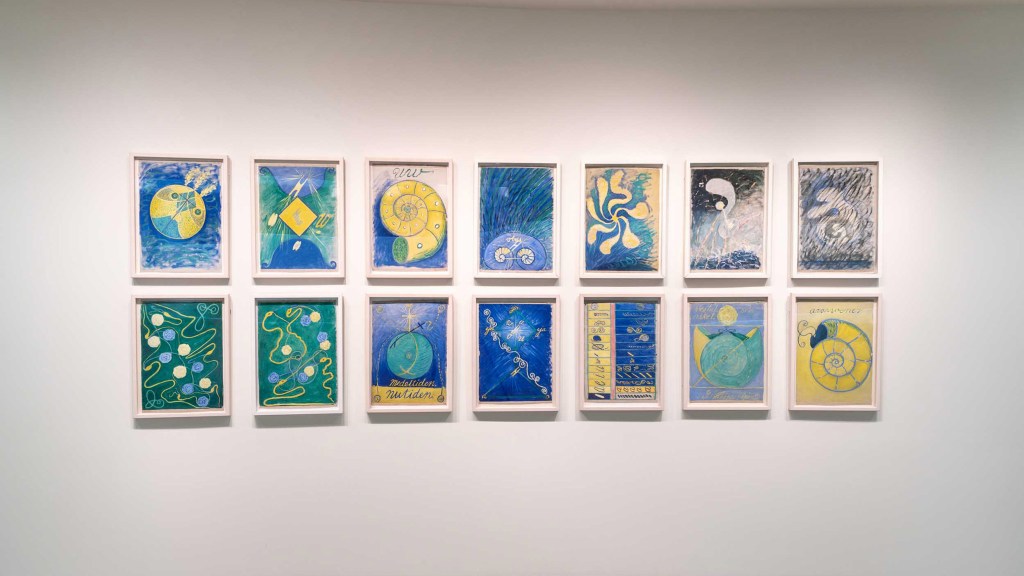
It goes back farther than that. In 1903, her hand was being guided in automatic writing sessions and non-representational drawings—not unlike some of her later paintings. Initially a classical artist, it was automatic writing that loosed her from those precise restrictions. She jumped right into abstraction informed by the metaphysical question: What lies beyond form?
She was fortunate to live in a time of great curiosity in the Western world toward those things beyond the physical plane. Like many artists and writers of the time, Hilma was interested in spiritualism. She was a member of the Edelweiss Society in Sweden whose prime interest was mediumship. Hilma left to be part of a small group of women who called themselves The Five. They met regularly to hold seances, automatic writing sessions and other related exploration. She continued to hold these interests throughout her life. She was a seeker who drew from a complex well of the occult, Theosophy, Rosicrucianism , Buddhism, Christianity, Anthroposophy and physics, along with her foundation in spiritualism. It formed her world view and emerged clearly in her cosmic artwork.
My introduction to Hilma af Klint came through the remarkable documentary Beyond the Visible, streaming online. I was so taken with her story and artwork I ordered Paintings for the Future, the coffee table book produced by the Guggenheim, to study her more closely.
In well-deserved recognition, this female artist—who once painted alone in her studio, secreting her work—had her work viewed by more than 600,000 art enthusiasts by the close of the 2018-2019 Guggenheim exhibition. This is “the highest recorded attendance figure for a single exhibition in the museum’s history.”
And so, the celebration of her work continues globally. It’s about time.
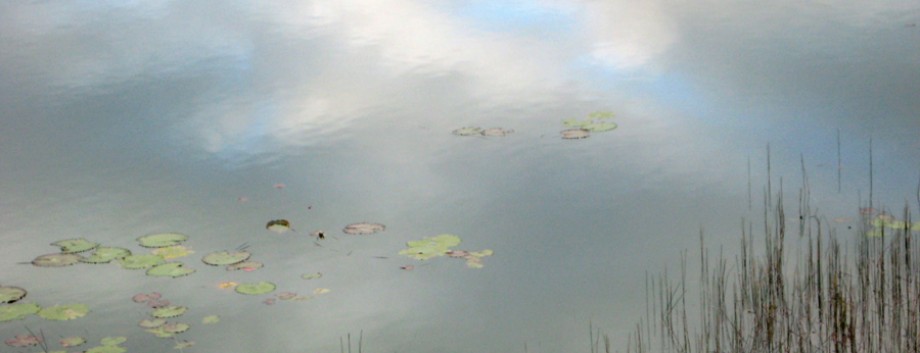


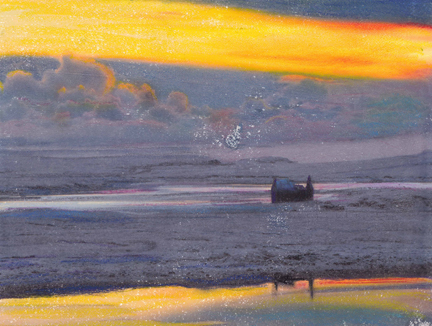

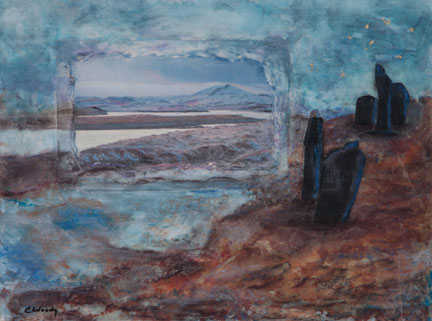




 I’ve read biographies on Georgia O’Keeffe. But this is different. You might think because this is a novel it’s a poof piece. It’s not. The author portrays the relationship between O’Keeffe and her patron-photographer-husband Alfred Stieglitz from the first enchantment to its lingering disintegration. It’s written from the painter’s perspective. While no one can ever get completely inside someone else’s head, it’s evident that Dawn Tripp has done the extensive research necessary that makes the book plausible. Believable. This is essentially a book about the precise care and manipulation Stieglitz gave to the creation of O’Keeffe’s public persona from the point she was moldable to when she was not. It’s a story laid against the backdrop of their great talents and marriage—the play between Steiglitz’s control and O’Keeffe’s internal conflict. It’s about the position women were historically placed and their treatment … and how this woman claimed her rightful recognition as one of the greatest American artists. Perhaps there’s an argument that O’Keeffe wouldn’t have made it there without Stieglitz. But I don’t find merit in it. She was a force all her own.
I’ve read biographies on Georgia O’Keeffe. But this is different. You might think because this is a novel it’s a poof piece. It’s not. The author portrays the relationship between O’Keeffe and her patron-photographer-husband Alfred Stieglitz from the first enchantment to its lingering disintegration. It’s written from the painter’s perspective. While no one can ever get completely inside someone else’s head, it’s evident that Dawn Tripp has done the extensive research necessary that makes the book plausible. Believable. This is essentially a book about the precise care and manipulation Stieglitz gave to the creation of O’Keeffe’s public persona from the point she was moldable to when she was not. It’s a story laid against the backdrop of their great talents and marriage—the play between Steiglitz’s control and O’Keeffe’s internal conflict. It’s about the position women were historically placed and their treatment … and how this woman claimed her rightful recognition as one of the greatest American artists. Perhaps there’s an argument that O’Keeffe wouldn’t have made it there without Stieglitz. But I don’t find merit in it. She was a force all her own.


